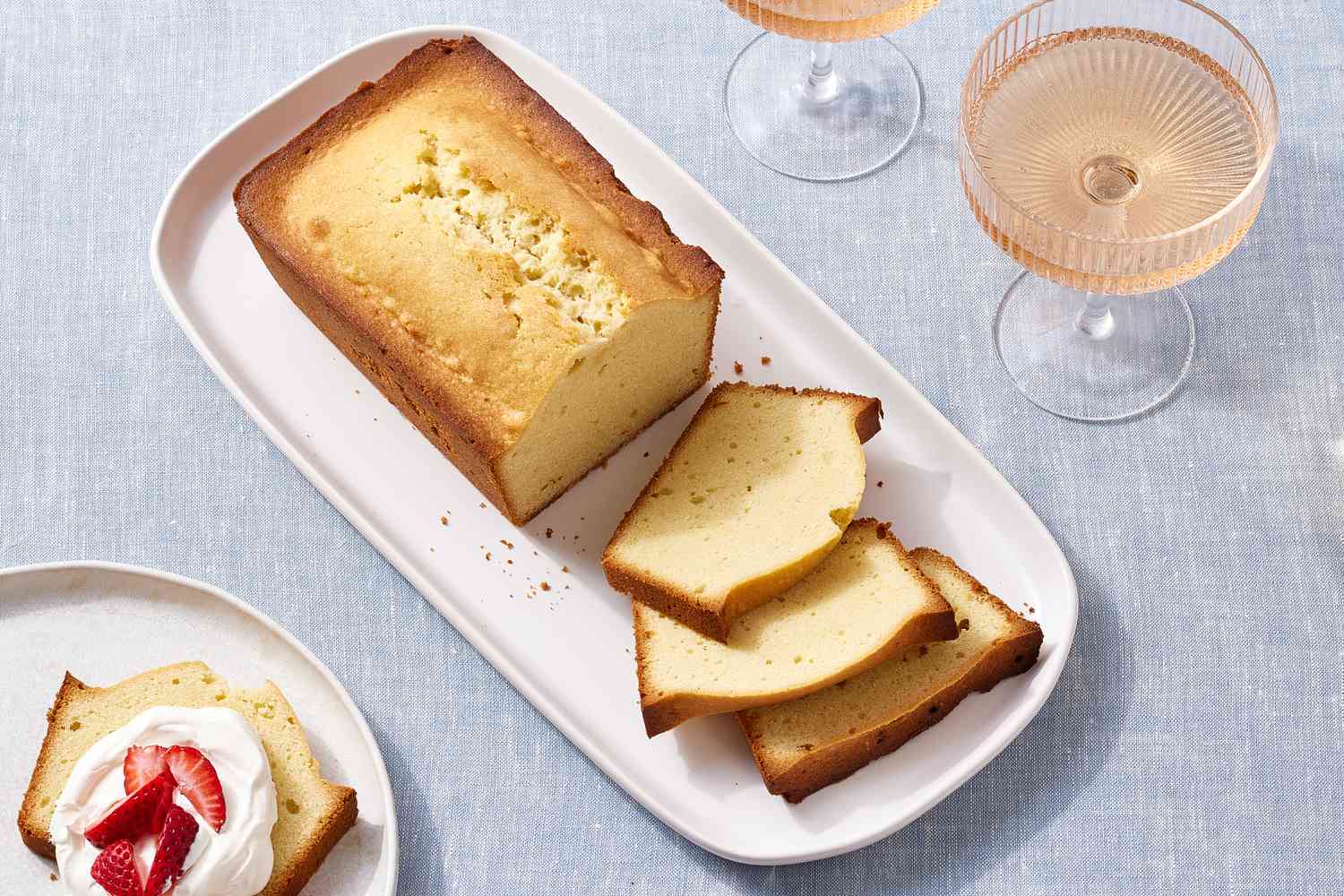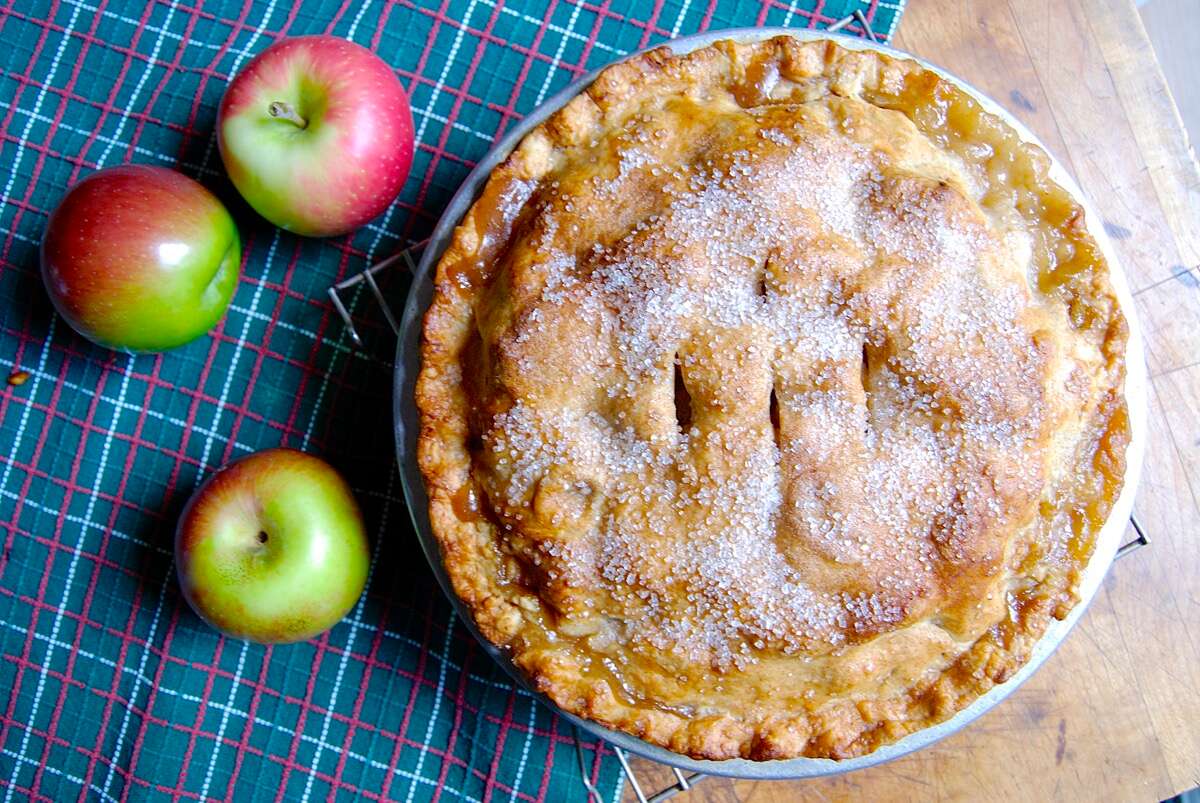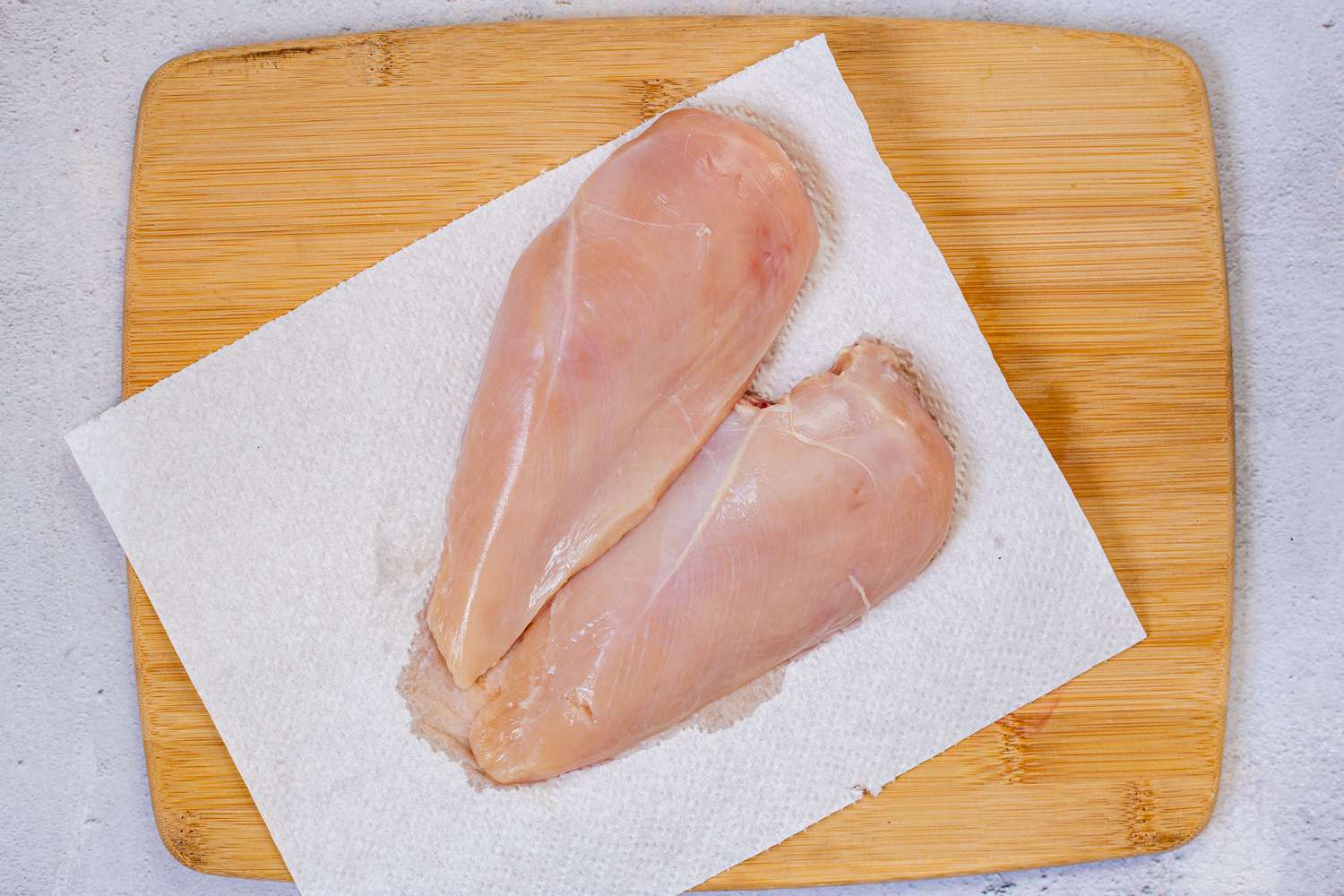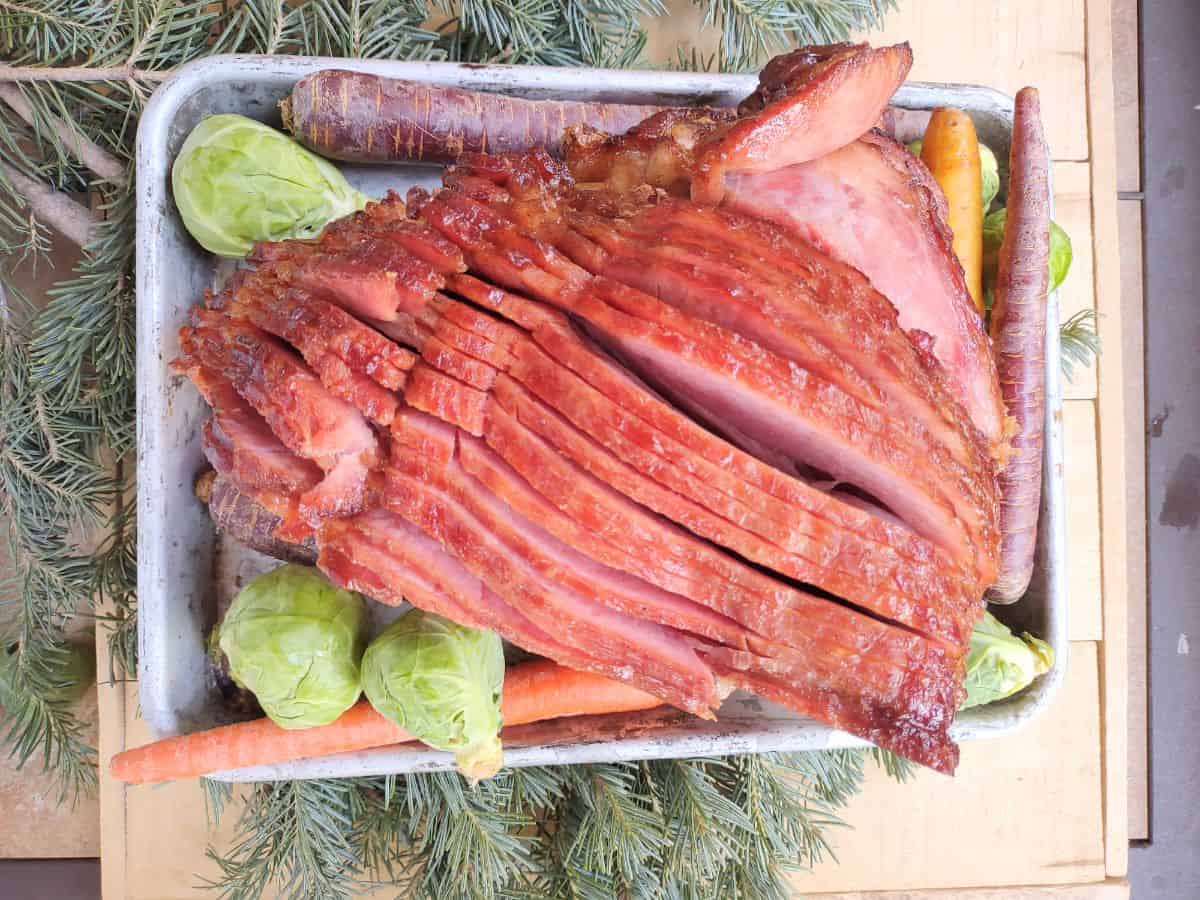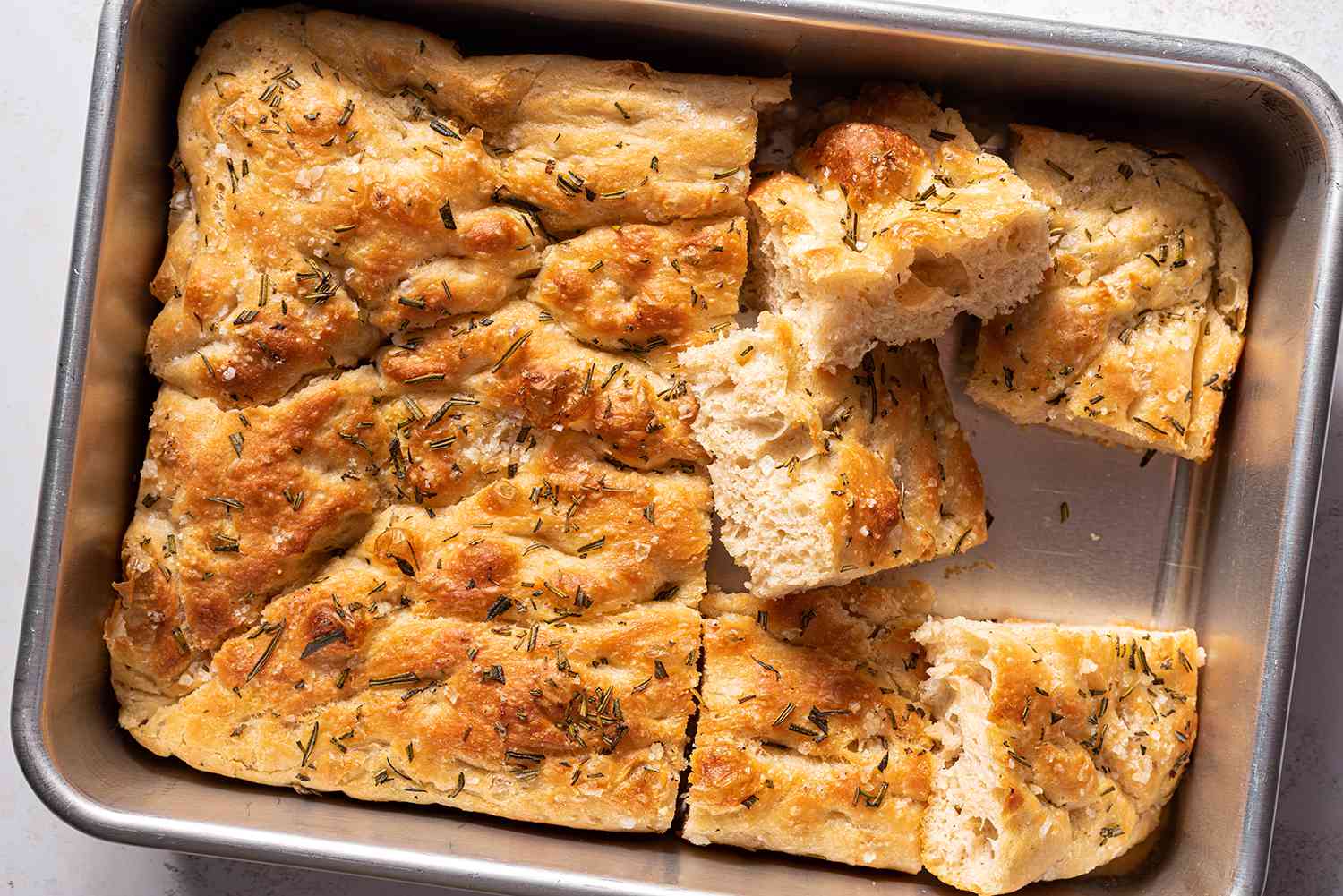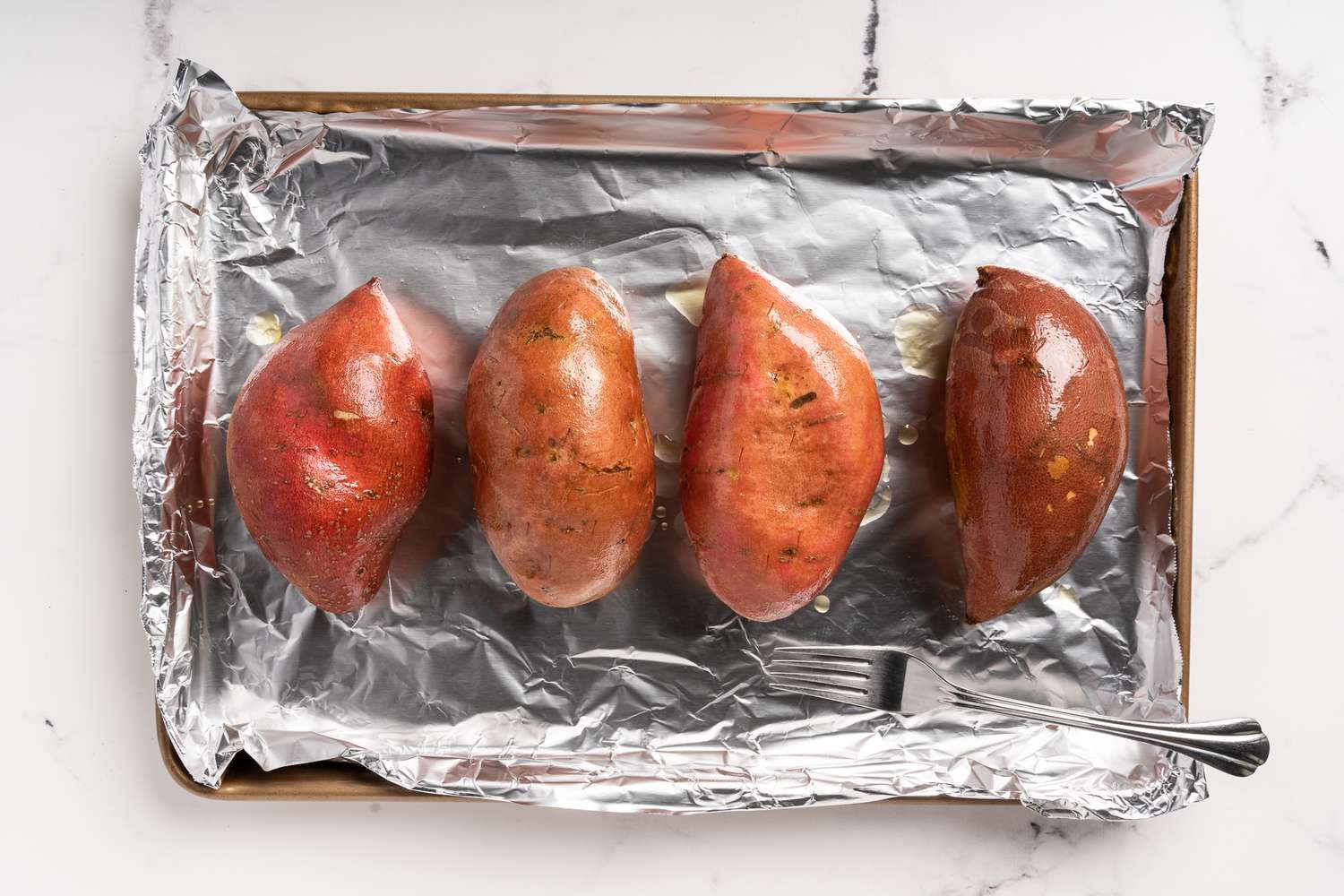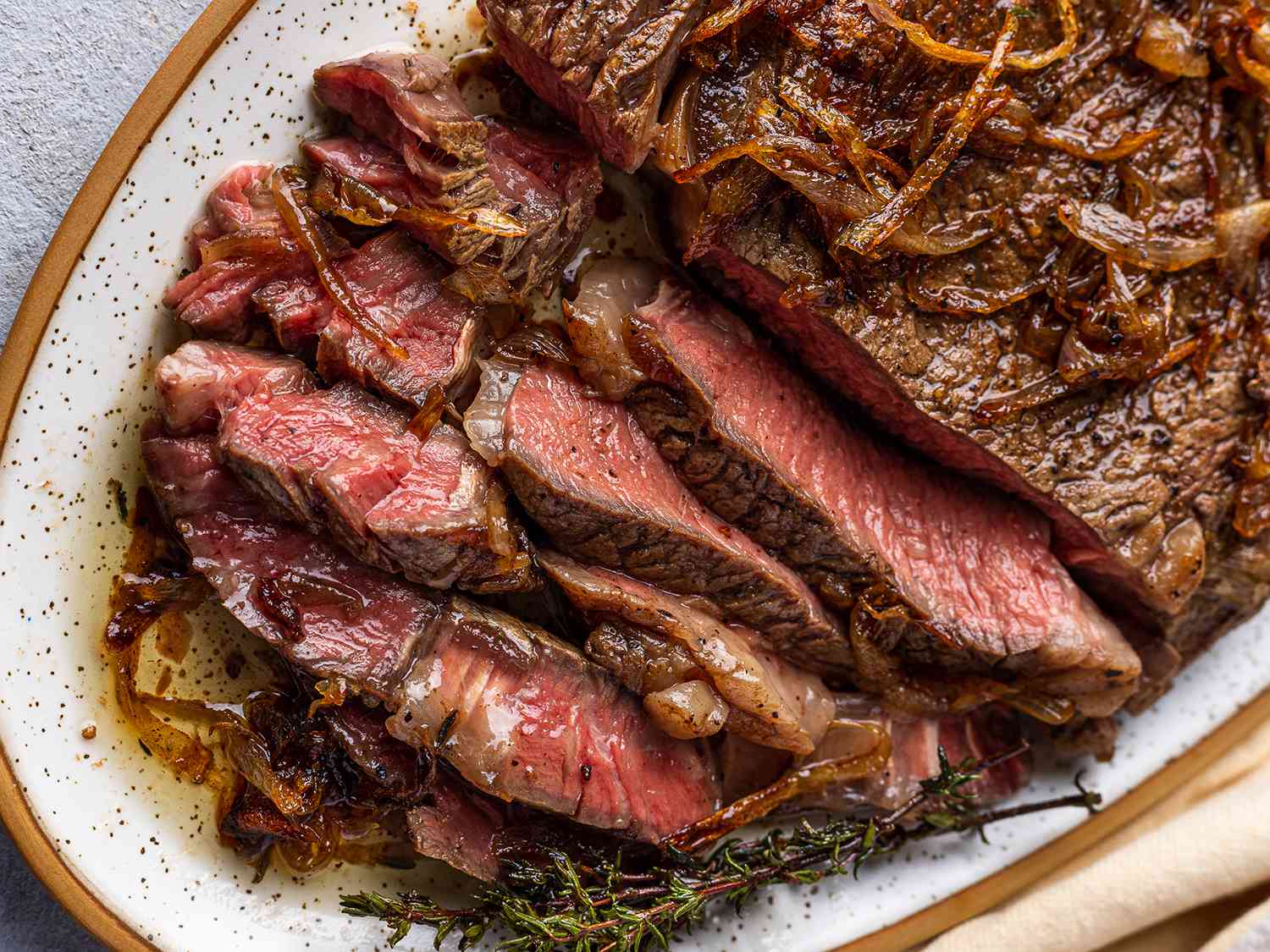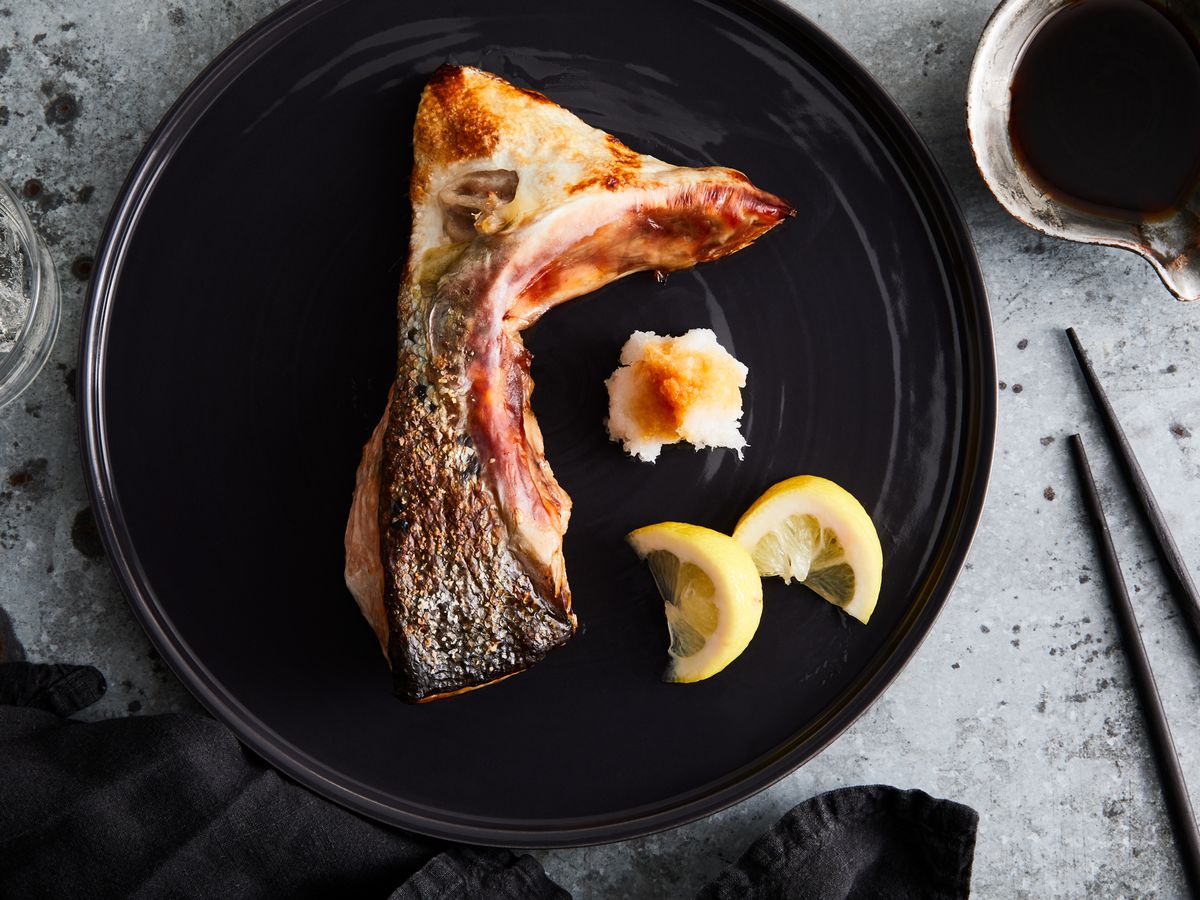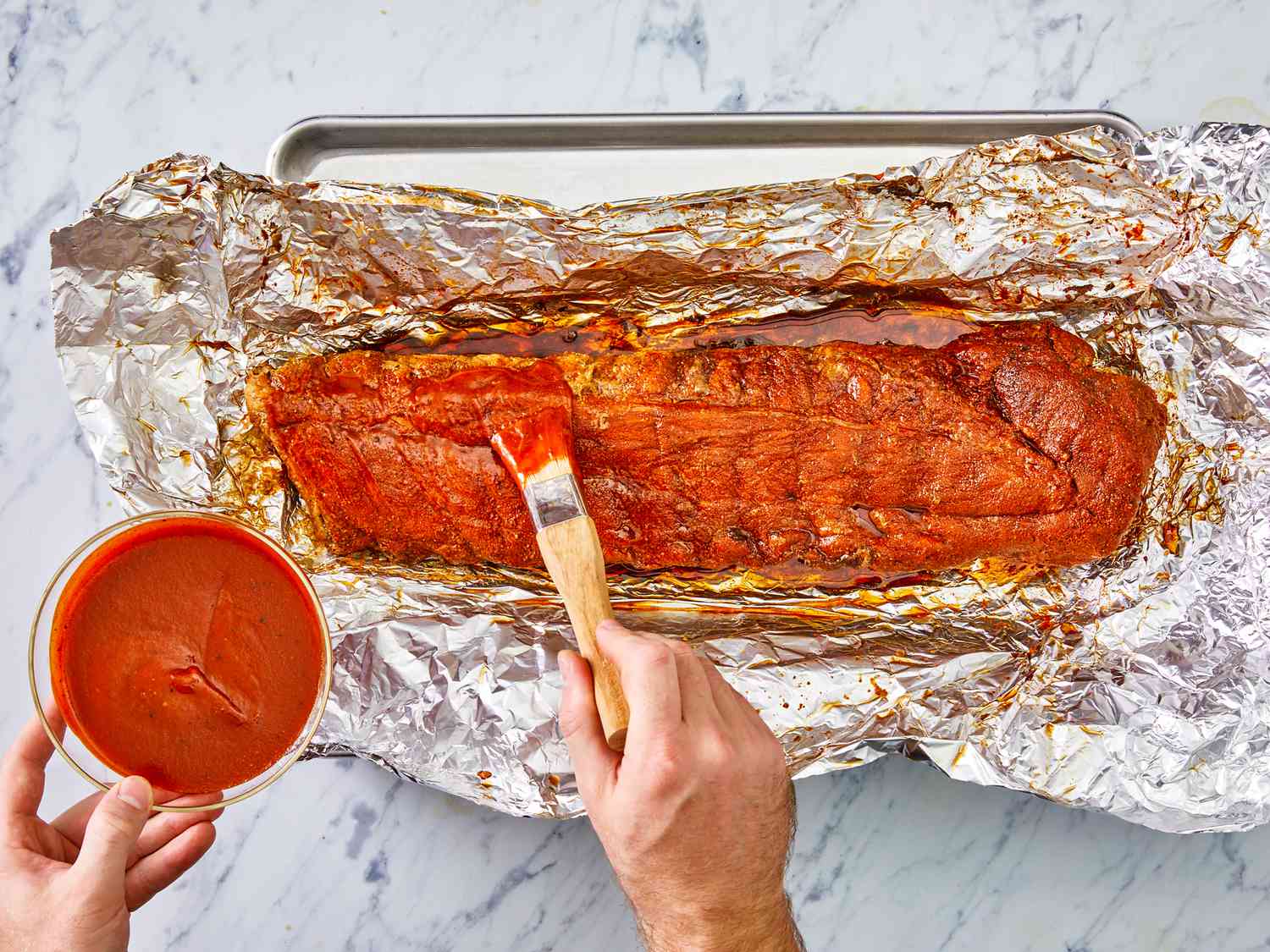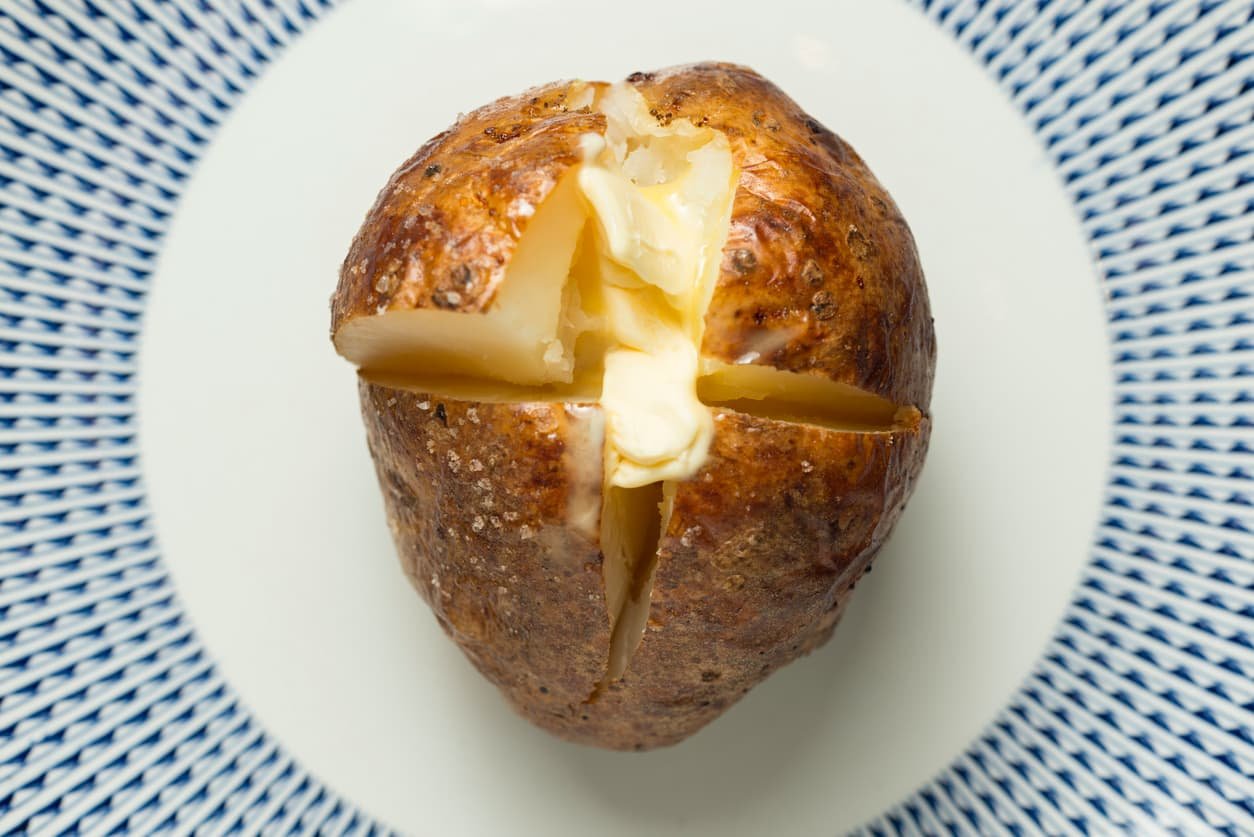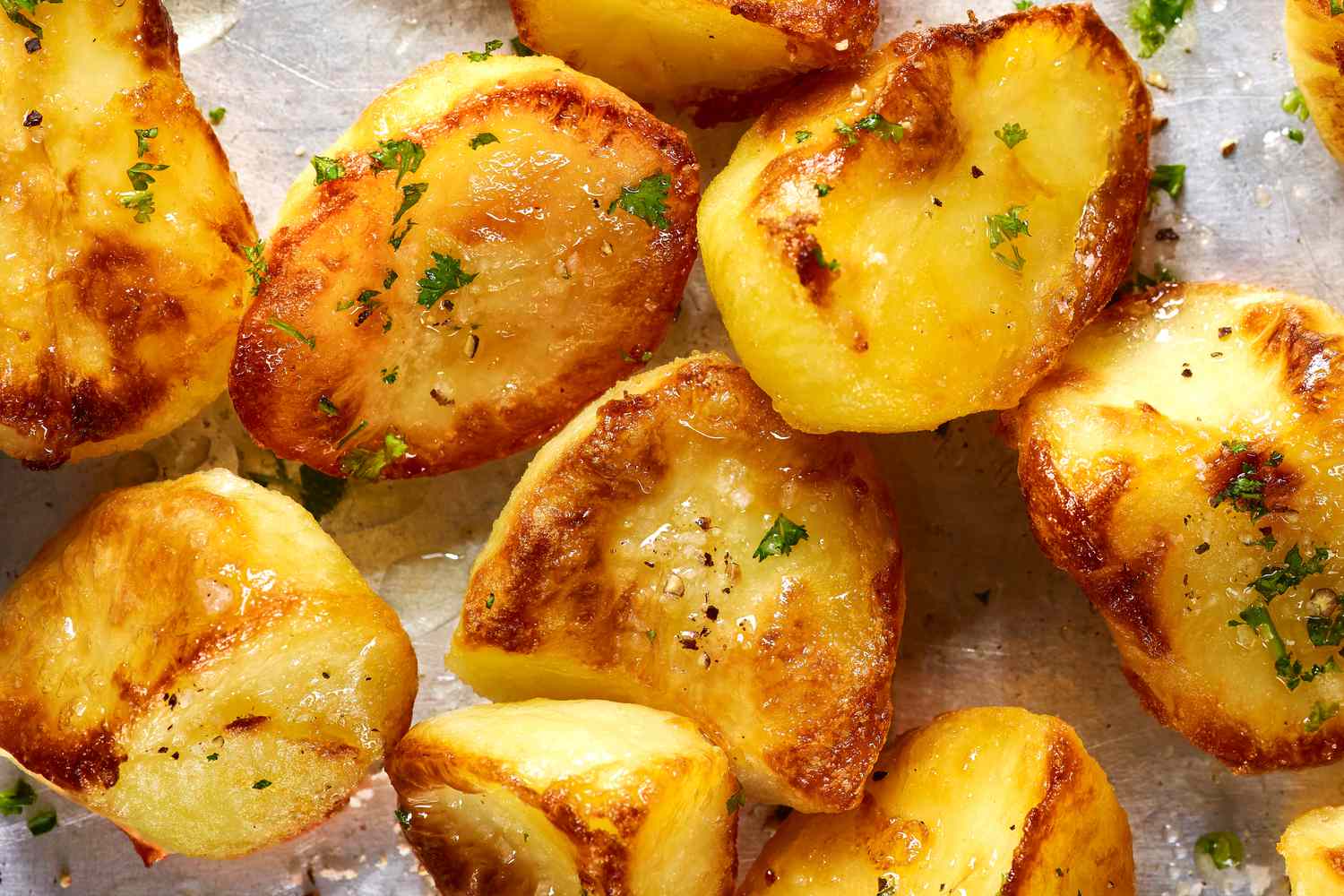Baking a 10-inch cheesecake low and slow is akin to crafting a masterpiece in the kitchen. This method, beloved by amateur chefs and experts alike, ensures your dessert emerges creamy, with no cracks, and full of flavor. Patience is key, as gentle heat allows the mixture to set without rushing, preserving its smooth texture. Whether you're a seasoned baker or trying your hand at this classic dessert for the first time, understanding the nuances of temperature and timing can elevate your cheesecake from good to unforgettable. Let's dive into the essentials of mastering this baking technique.
Essential Ingredients for Your Cheesecake
- 2 cups crushed graham crackers
- 1/2 cup unsalted butter, melted
- 1/4 cup sugar for crust
- 4 packages (8 ounces each) cream cheese, softened
- 1 and 1/4 cups granulated sugar for filling
- 1 tsp vanilla extract
- 4 large eggs
- 2/3 cup sour cream
- 2/3 cup heavy cream
The Must-Have Tools for Baking Perfection
- Springform Pan (10-inch)
- Mixing Bowls
- Electric Mixer
- Rubber Spatula
- Measuring Cups and Spoons
- Aluminum Foil
- Roasting Pan
- Oven Thermometer
Baking a 10-inch cheesecake low and slow, specifically at 325°F for about 1 hour and 10 minutes, ensures even cooking and a creamy texture without cracks. Cool gradually in the oven.
The Secret to Perfect Cheesecakes: Low and Slow
Baking a 10-inch cheesecake low and slow is essential for achieving that perfect creamy texture without cracks. This method allows heat to gently cook the mixture, ensuring even distribution and minimizing the risk of overcooking edges while the center remains undercooked. Patience in this process results in a flawless cheesecake every time.
Using a lower temperature extends the cooking time but significantly enhances the final product's quality. This approach prevents the rapid expansion and contraction that can lead to surface cracks, a common issue with cheesecakes. For enthusiasts aiming for professional-grade desserts, mastering this technique is a game-changer, elevating their baking skills to new heights.
Your Step-by-Step Cheesecake Baking Guide
-
Preheat your oven to 325°F (163°C). This lower temperature is key for baking cheesecakes low and slow, ensuring a smooth, creamy texture without cracks.
-
Prepare your 10-inch springform pan by lightly greasing it with butter or non-stick spray. For added leak protection, wrap the outside of the pan with aluminum foil, especially if using a water bath.
-
Mix your cheesecake batter according to your chosen recipe. Ensure all ingredients are at room temperature to achieve a smooth, lump-free batter.
-
Pour the batter into the prepared springform pan, smoothing the top with a spatula.
-
Tap the pan gently on the counter a few times. This step helps remove any air bubbles that might cause the cheesecake to rise unevenly or crack.
-
Place the springform pan into a larger roasting pan if you're using a water bath. Fill the roasting pan with hot water until it reaches halfway up the sides of the springform pan. The water bath helps cook the cheesecake gently, ensuring even heat distribution.
-
Bake in the preheated oven. Check the cheesecake after 1 hour. A perfectly baked cheesecake will be set on the edges but still slightly wobbly in the center.
-
Turn off the oven. Leave the cheesecake inside with the door closed for another hour. This gradual cooling helps prevent the cheesecake from suddenly contracting and cracking.
-
Remove the cheesecake from the oven. Run a knife around the edge of the pan to loosen the cheesecake. This makes it easier to remove the sides of the springform pan later.
-
Cool the cheesecake to room temperature on a wire rack. Avoid placing it in a drafty area as sudden temperature changes can cause cracks.
-
Refrigerate the cheesecake for at least 4 hours, preferably overnight. Chilling solidifies the cheesecake, making it easier to slice and serving at its best texture and flavor.
-
Serve your cheesecake. Before slicing, dip your knife in hot water and wipe it dry. This trick ensures clean cuts without dragging or marring the surface of your cheesecake.
A Slice to Remember
Baking a 10-inch cheesecake low and slow is your ticket to creamy perfection. Patience and precision are your best pals in this culinary adventure. Remember, keeping your oven at the right temperature and not rushing the process are key to avoiding cracks and achieving that dreamy, smooth texture. Don't skip the water bath; it's a game-changer for even cooking and moisture. And when it's time to cool, give your cheesecake the gentle patience it deserves. Let it chill thoroughly before slicing to ensure each piece is as perfect as the last. With these tips in hand, you're well on your way to creating a cheesecake that's not just a dessert, but a masterpiece. So, grab your apron, preheat your oven, and get ready to impress with your baking skills.
All Your Cheesecake Questions Answered
What's the best temperature for baking a 10-inch cheesecake?
For that perfect 10-inch cheesecake, you'll want to keep things low and slow. Aim for an oven temperature of 325°F (163°C). This gentle heat will cook your cheesecake evenly, preventing those dreaded cracks and ensuring a smooth, creamy texture.
How long should I bake my cheesecake?
Patience is key here. A 10-inch cheesecake typically needs about 50 to 60 minutes in the oven. But don't just watch the clock; look for signs it's done, like a set edge and a slightly wobbly center. Remember, it'll keep cooking a bit even after you take it out.
Do I need a water bath for my cheesecake?
Absolutely, a water bath, or bain-marie, is crucial. It surrounds your cheesecake with gentle, indirect heat, which helps in avoiding cracks and ensures an evenly cooked, moist cheesecake. Just wrap the bottom of your pan in foil, place it in a larger pan, and fill the larger pan with hot water about halfway up the sides of the cheesecake pan.
Can I use a springform pan for baking a cheesecake?
Yes, a springform pan is actually ideal for cheesecakes. Its design allows you to remove the sides easily without damaging your beautifully baked creation. Just make sure to wrap the bottom securely in foil to prevent any water from seeping in if you're using a water bath.
What's the secret to a crack-free cheesecake?
Besides the low and slow baking method and a water bath, letting your cheesecake cool gradually is the secret. Once it's done baking, turn off the oven, crack open the door, and let the cheesecake cool inside for about an hour. This slow cooling helps prevent sudden temperature changes that can cause cracks.
How do I know when my cheesecake is perfectly baked?
Look for a cheesecake that's set around the edges but still has a bit of a jiggle in the center, about a 2-inch diameter that looks slightly underdone. That's when you know it's time to take it out. A toothpick inserted in the center should come out mostly clean, with a bit of batter attached.
Can I add flavors or toppings to my cheesecake?
Sure thing! Feel free to mix in flavors like vanilla, lemon zest, or even swirl in some fruit compote before baking. As for toppings, the sky's the limit once your cheesecake has cooled. Fresh fruit, whipped cream, and caramel or chocolate drizzle are all delicious options. Just remember, add these after your cheesecake has completely cooled and set.
Was this page helpful?
Read Next: How To Bake A Frozen Papa Murphy’s Pizza
